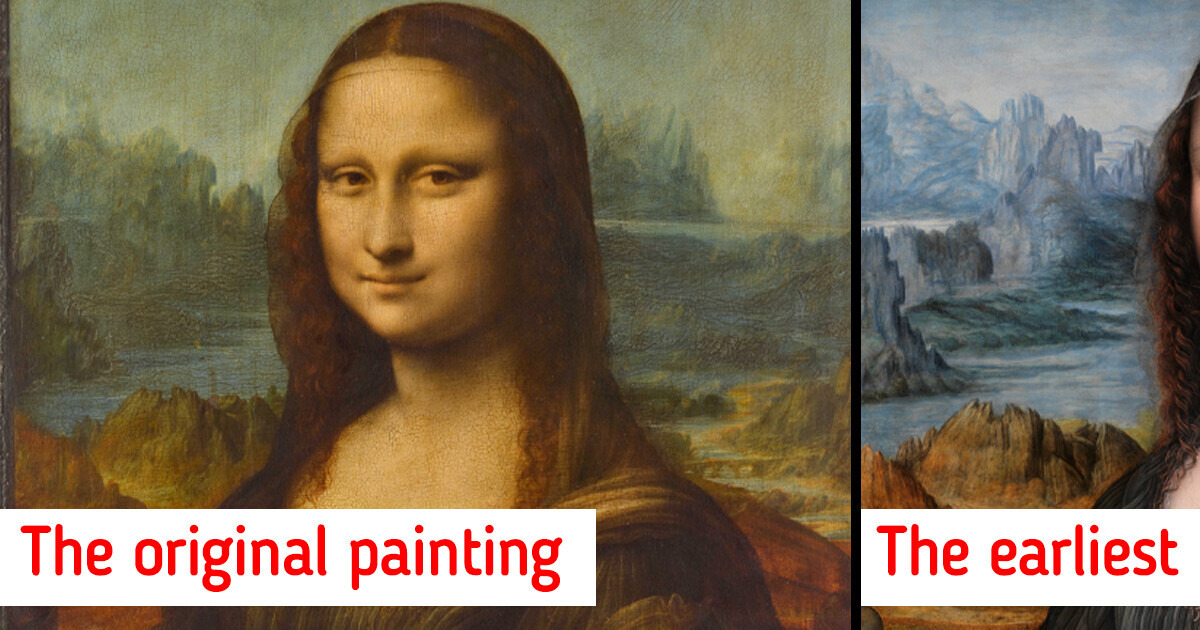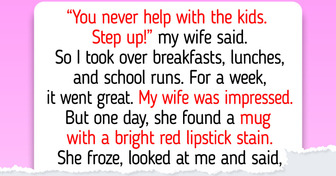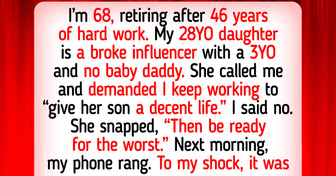I Embarrassed My Father In Front Of My Family Because of His Nasty Behavior


The enigmatic smile of the Mona Lisa has captivated audiences for centuries. But now, a new contender has emerged, raising questions about art history and sparking a fierce debate among experts. This recently discovered portrait, dubbed the «Other Mona Lisa,» bears an uncanny resemblance to Leonardo da Vinci’s masterpiece, but with subtle variations that have the art world buzzing.
A restored Mona Lisa copy at Madrid’s Prado is no longer just a copy! It’s a contemporary version, possibly created alongside the original in da Vinci’s studio. Scholars believe both paintings were created side by side, possibly in da Vinci’s Florentine workshop, as the composition for the famous masterpiece was developed between 1503 and 1506.
The «Other Mona Lisa» isn’t entirely new. Madrid’s Museo del Prado has actually held a copy of the Mona Lisa since its founding in 1819. This work, however, was long dismissed as a mere copy among the many replicas created in the sixteenth and seventeenth centuries. Its fate changed dramatically in 2011.
Unveiled at a recent London conference alongside a Leonardo exhibition, a restored Mona Lisa replica at Madrid’s Prado offers fresh insights. This «replica» may hold details better preserved than the Louvre’s original!
Intrigued by its potential age, the Louvre Museum requested the Prado’s Mona Lisa for an exhibition. A restoration project revealed a treasure trove of secrets. Beneath layers of dark varnish, conservators discovered an underdrawing remarkably similar to preparatory sketches for the original Mona Lisa. Further analysis confirmed the painting dated back to the first quarter of the sixteenth century, making it the earliest known copy.
This revelation transformed the Prado’s Mona Lisa from a forgotten copy to a hidden peephole into da Vinci’s creative process. Infrared reflectography and radiography unveiled the underdrawing, identical in structure but executed in a different style, hinting at the apprentice’s hand. The copy faithfully reproduces the figure’s size and shape, suggesting the use of tracing from the original.
However, the Prado’s Mona Lisa lacks the master’s touch. While the composition is meticulously copied, it lacks da Vinci’s signature sfumato technique, resulting in a sharper, less subtle image.
Previously, the Prado Museum’s Mona Lisa replica was thought to be painted on oak by a Northern European artist, possibly Flemish, according to an art historian. However, in 2011, an examination revealed the painting was actually on walnut, a material commonly used in Italy — just like the original Mona Lisa’s poplar wood support. Interestingly, the sizes are also very similar: the Louvre’s original is 77 cm x 53 cm, while the Prado’s copy measures 76 cm x 57 cm.
The hidden landscape wasn’t the only surprise. When researchers compared the infrared reflectography results of the Prado copy with those from the original Mona Lisa (examined in 2004), they discovered an even more significant detail. The underdrawing of the replica matched the unfinished stages of the original Mona Lisa.
The Prado’s Mona Lisa offers a unique perspective. The original’s varnish has yellowed and cracked with age, altering the colors. The Prado copy, however, offers a glimpse of the painting’s original vibrancy. Furthermore, the hidden underdrawing reveals changes da Vinci made during the creation process, changes mirrored in the Prado copy.
In essence, the Prado’s Mona Lisa is a time capsule, taking us back to da Vinci’s workshop and offering insights unavailable from the original alone. Whether this makes it a «friend» or «foe» depends on your perspective. But one thing is certain — this stunning portrait has reignited the conversation surrounding one of history’s most iconic paintings.
The «Other Mona Lisa» leaves us wondering about the secrets hidden within paintings. But what if we could see iconic figures from history walk among us today? In our next article, we’ll use technology to age some of the most famous faces of the past, revealing what they might look like if they were alive today!











